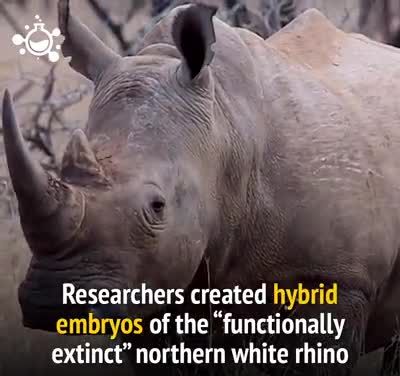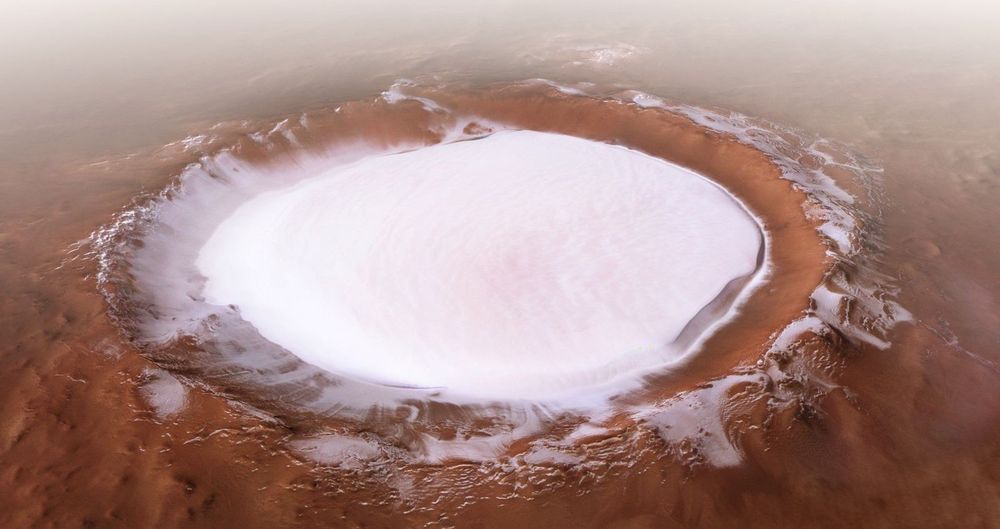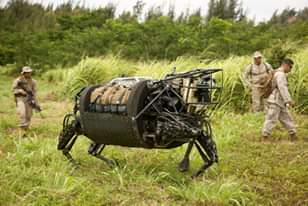Archive for the ‘existential risks’ category: Page 65
Oct 19, 2020
Neil deGrasse Tyson warns asteroid could hit Earth day before election
Posted by Quinn Sena in categories: asteroid/comet impacts, existential risks
That’s one way to rock the vote.
An asteroid with a diameter the size of a refrigerator could strike the Earth the day before the November election, according to celebrity scientist Neil deGrasse Tyson — but it’s not large enough to do any serious damage.
The famed astrophysicist said the space rock, known as 2018VP1, is hurtling towards Earth at a speed of 25,000 miles per hour and may clip the planet on Nov. 2.
Continue reading “Neil deGrasse Tyson warns asteroid could hit Earth day before election” »
Oct 18, 2020
Elon Musk’s Neuralink May Offer us Symbiosis With AI — Part 2
Posted by Malak Trabelsi Loeb in categories: biological, Elon Musk, existential risks, neuroscience, robotics/AI

Elon Musk has warned many times about the dangers of AI. He sees strong artificial intelligence as an existential risk. Musk therefore wants to develop a brain machine interface or BMI device so we can merge with AI and hopefully develop a symbiotic relationship with artificial intelligence thus solve the AI control problem. Elon Musk has founded the neurotechnology company Neuralink. the company is focused on developing implantable brain machine interfaces. Neuralink has made recent headlines for its newest BMI device presented by Elon Musk.
In the short term, Neuralink’s BMI may be used to fix neurological problems and disorders. As Elon Musk has pointed out, over time, virtually everyone who gets old will suffer at least one if not multiple common neurological issues such as: Memory loss, hearing loss, seizures, strokes, brain damage etc.
Continue reading “Elon Musk’s Neuralink May Offer us Symbiosis With AI — Part 2” »
Oct 15, 2020
Inside the doomsday bunker for the super rich
Posted by Derick Lee in category: existential risks
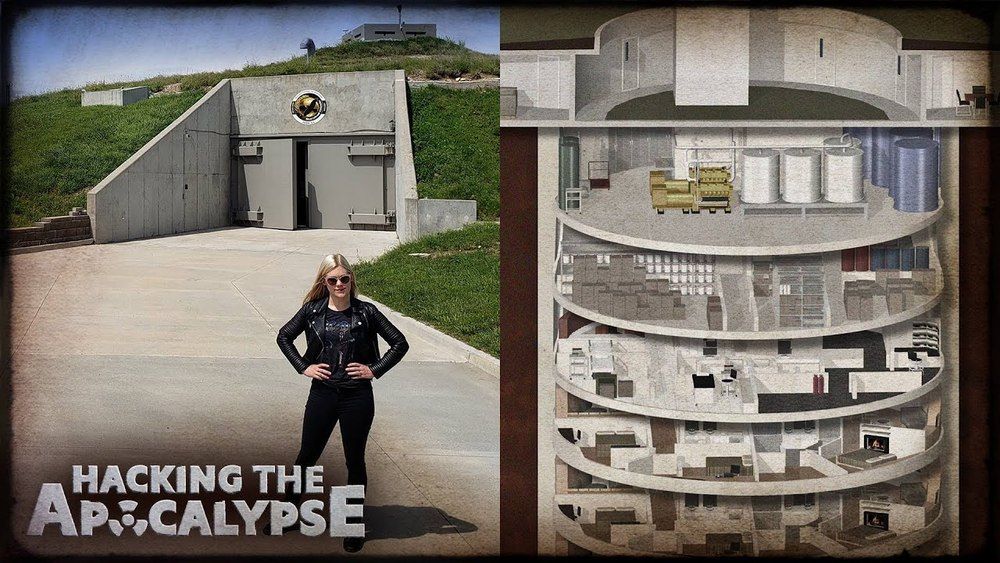
In episode two of Hacking the Apocalypse, Claire Reilly looks at the risk of an all-out nuclear war and tours a Cold-War era missile silo that’s now a luxury escape bunker.
CNET playlists: https://www.youtube.com/user/CNETTV/playlists
Download the new CNET app: https://cnet.app.link/GWuXq8ExzG
Like us on Facebook: https://www.facebook.com/cnet
Follow us on Twitter: https://www.twitter.com/cnet
Follow us on Instagram: http://bit.ly/2icCYYm
Oct 14, 2020
When Asteroid Impacts Are a Good Thing
Posted by Dirk Schulze-Makuch in categories: asteroid/comet impacts, existential risks
Meteorite impacts may be a good thing — but only sometimes.
Craters could create habitable conditions on many planets and moons.
Oct 13, 2020
Study: More Than 500 Vertebrates Poised To Go Extinct
Posted by Quinn Sena in categories: biotech/medical, existential risks
We should save their DNA and resurrect them or keep in a bubble environment.
Close To Home
The researchers behind the study warned that each time an animal goes extinct, it also threatens humanity’s continued survival.
Continue reading “Study: More Than 500 Vertebrates Poised To Go Extinct” »
Oct 13, 2020
Black hole “crystals” as seeds of structure formation in the early Universe
Posted by Quinn Sena in categories: cosmology, existential risks, particle physics
Circa 1994
It is generally accepted that structure formed in the matter dominated Universe, for obvious reasons. In this paper, we would like to suggest an alternate theory: that structure could have formed in the radiation dominated Universe if it was “protected” from destruction. This protection is envisioned as a “crystal”, of sorts, made up of primordial black holes (PBH’s), which form a cavitation into which any matter particles in the nucleosynthesis period of the Universe (around 100 seconds after the Big Bang) could have taken refuge. A sort of oasis in a sea of radiation. Such a scenario could solve several problems in cosmology, namely: how matter got a foot-hold over anti-matter in the Universe; the structure/galaxy formation problem; and possibly suggest ideas on the gamma-ray count and distribution.
Oct 4, 2020
#SpaceWatchGL Opinion: Satellite Technologies Use To Monitor Climate Change and Manage Environmental Disasters
Posted by Malak Trabelsi Loeb in categories: climatology, economics, existential risks, habitats, satellites, sustainability
The recent 2020 US West Coast wildfire has opened infernos, as it ravaged hundreds of homes and charred hundreds of neighborhoods. On September 10, 2020, CNN announced that the Creek Fire had taken more than 166,00 acres after destroying 360 structures in Central California, Amidst a state emergency, firefighters had to defeat the “beast” that turned the scenery to a similar fiction movies scene on a doomsday. Wildfire causes environmental disasters that were attributed by many scientists to climate change. The preparedness, detection, and management of wildfires and other environmental disasters, that affected the environment hinge on satellite technologies, essentially, the Remote Sensing of sea surfaces and land areas, and the civil space-based Earth Observation and its applications. Such space-based technologies are deployed to assess, monitor, and manage local, regional, and large-scale transboundary environmental issues that impact the societies, economies, and ecosystems. Thanks to its large areas’ data collection and high-frequency capabilities Earth Observation, in particular, has become a powerful tool to monitor the terrestrial environment and manage environmental disasters as it be addressed in this article.
Satellite technologies have been used to understand climate change better to find solutions to mitigate its deteriorating consequences, such as hurricanes, droughts, rising sea levels, melting polar ice caps, wildfire, and floods. Scientists relied upon various observation systems and satellite technologies, networks of weather balloons, buoys, and thermometer, to collect climate change’s evidence from the depths of the oceans to the top of Earth’s atmosphere. For instance, EO is relied upon to map the greenhouse gases. Earth Observation (EO) monitors the carbon dioxide (CO2) concentration, the second most abundant greenhouse gas component after water vapor, satellite monitored through water management, and weather forecast [1]. Public and private entities harnessed spectroscopy and satellites to monitor externalities data from various sources.
Oct 2, 2020
Will World War III Be Fought by Robots?
Posted by Jim Brownfield in categories: existential risks, robotics/AI
Sep 29, 2020
Earth-skimming meteoroid dipped 56 miles into the atmosphere
Posted by Alberto Lao in categories: asteroid/comet impacts, existential risks
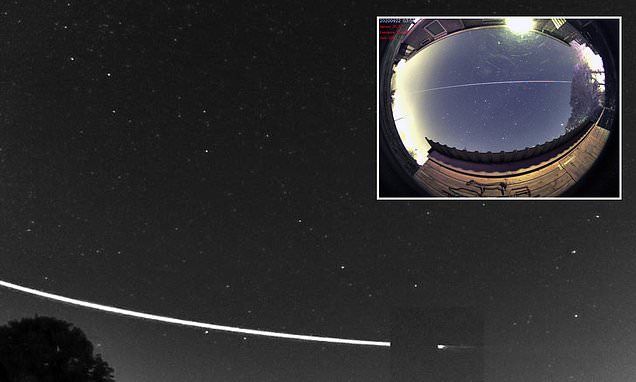
A meteoroid skimmed Earth’s atmosphere for 19 seconds over the Netherlands and Germany. The object came in as low as 56 miles in altitude, covering a path of more than 466 miles.
